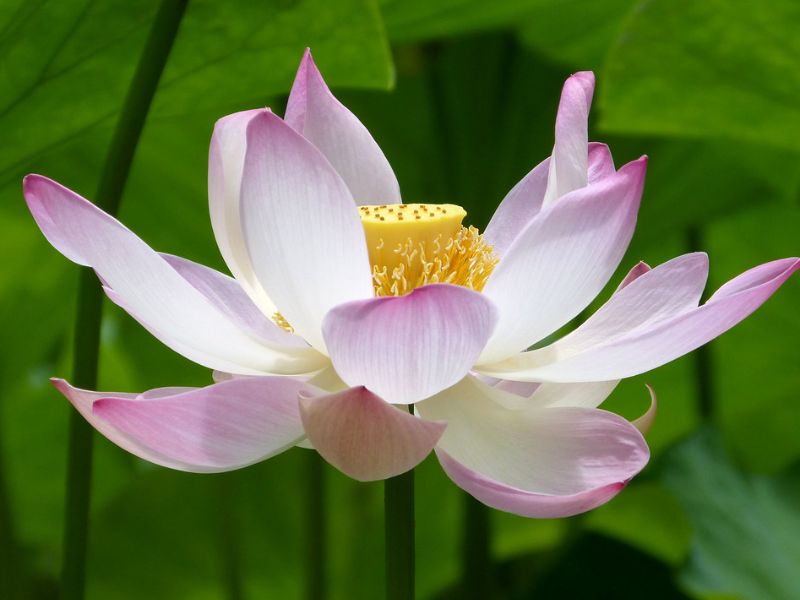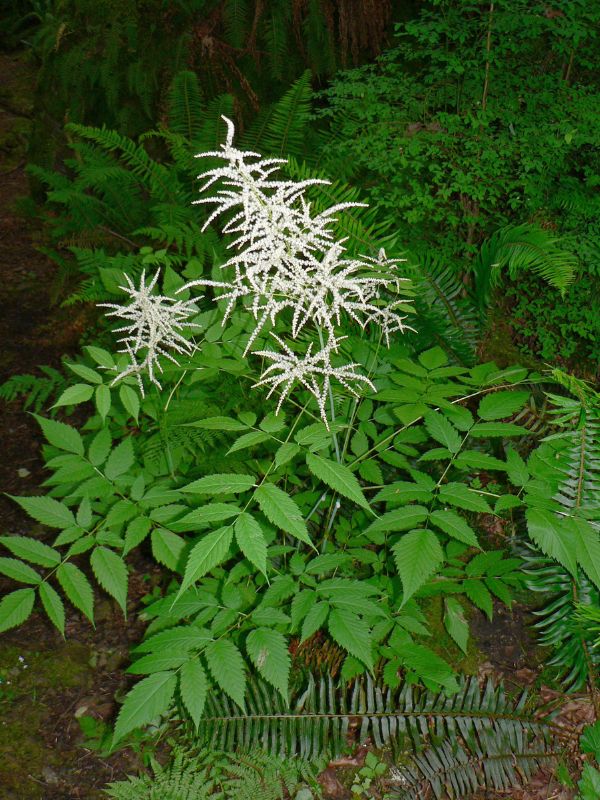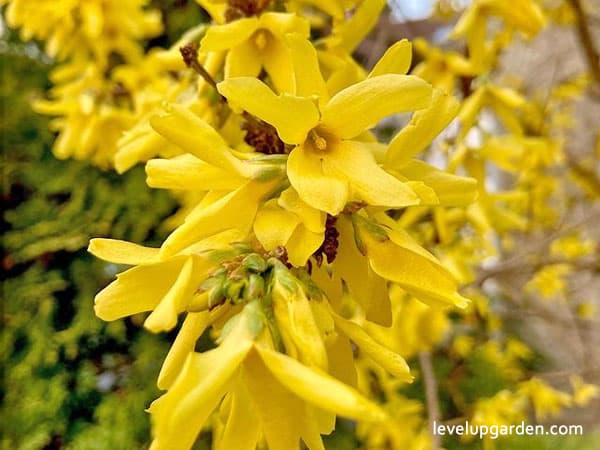The Variegated Pink Lemon, also called the variegated Eureka Lemon, or pink-fleshed Eureka Lemon is a cultivar of lemon (Citrus limon). It is characterized by its pink flesh, green stripes when ripe, and variegated foliage.
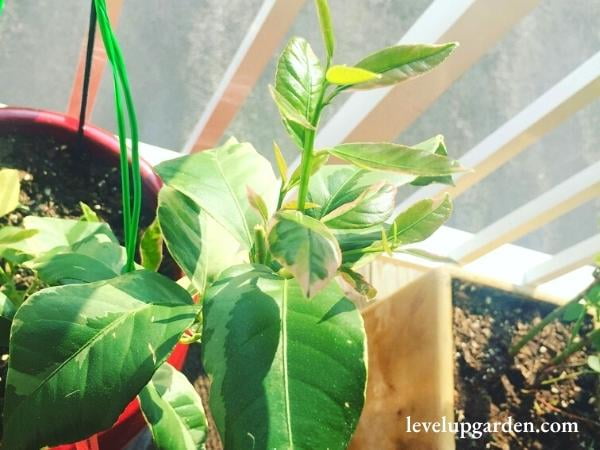
Eureka Lemon is a highly ornamental variety, both in foliage and fruit. The flesh resembles pink grapefruit, but the juice is not pink. The juice is translucent slightly pink, and has a surprisingly mild flavor. Eureka is a medium-sized citrus and is suitable for container growing.
It is also suitable for home gardens in USDA zones 8 through 11, and is also suitable for container growing in USDA zones 10 through 11. Northern gardeners can grow it in containers on casters and move it indoors in the winter.
The pink lemonade tree is perfect for the edible landscape. Its variegated foliage makes it a beautiful ornamental plant and the lemons with its unique pink flesh and striped rind. The rind is green and yellow striped and turns to pink and yellow when fully ripe.
I. Plant Profile – An Overview of the Pink Variegated Eureka Lemon tree

| Common name | Pink Variegated Eureka Lemon |
| Botanical Name | Citrus limon ‘Eureka Variegated Pink’ |
| Plant Type | Fruit, Trees |
| Plant Family | Citrus |
| Height | 12’’ – 15’ |
| Spread | 6’ – 9’ |
| Growth Rate | Moderate |
| Water Needs | Average |
| Maintenance | Average |
| Soil Type | Clay, Loam, Sand |
| Soil pH | Acid, Neutral |
| Soil Drainage | Moist but Well-Drained |
| Mature Height | 10-15 ft. pruned |
| Mature Width | 6-8 ft. |
| Sunlight | Full-Partial |
II. Appearance
The Variegated Pink Eureka Lemon grows to about 10 feet tall at maturity with about 10 feet of branching. Its low canopy, which is two feet above the ground, makes it suitable for planting under power lines. Its growth rate is moderate, and under ideal conditions it is expected to live for 50 years or more.
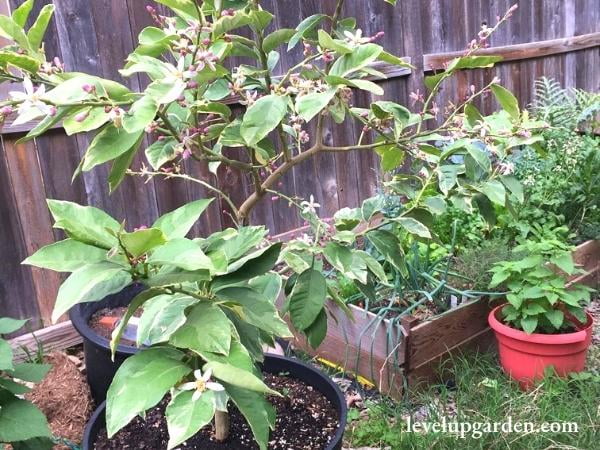
Eureka Pink (Citrus limon ‘Eureka Variegated Pink’) is a tree with glossy green leaves with creamy white margins. It blooms fragrant white flowers, followed by green-striped lemons that turn bright yellow on the outside and juicy pink on the inside.
Eureka has yellow skin with light green stripes on the unripe fruit. The fruits are notably pale pink. The juice is clear, but it is not the origin of pink lemonade.
III. Growing and Care Conditions
The Variegated Pink Eureka lemon tree can grow itself. It can grow in rich, well-drained soil in a location with at least 8 hours of sunlight. The tree will sell at 2 to 3 years old. When planted in containers, it should be at least 16 inches (41 cm) wide.
You should incorporate small to medium sized barks for better drainage. If planting in the ground, loosen the soil to about twice the depth and width of the rootball. Backfill with enough soil so that the plant is flush with the soil. Lightly loosen the roots and place the plant in the hole, backfilling around the roots. Remember to water well, but once the plant has adapted, water it thoroughly.

Planting
Select a location that receives 6 to 8 hours of sunlight per day. Eureka will grow in the shade, but it needs to be in a sunny spot to thrive. Whether planting in a container or in the ground, be sure to provide well-drained soil.
When ready to plant, dig a hole twice as wide as the roots and as deep as the length of the roots. Then, place the tree in the hole and backfill the hole. Next, tamp down the soil as you backfill the hole to prevent pockets from forming.
Water the tree deeply for about 5 minutes after planting. Mulching around the tree will insulate the roots and keep the plant warm during the cold winter months. For container planting, choose a container about twice the width of the shipping container.
Light
Give your lemon tree as much sunlight as possible, up to 8 hours per day. For container planting, choose a pot at least 16 inches in diameter. As the tree grows larger, a larger planter will be needed. Also, the larger the tree, the more fruit it will produce. If space is limited, a smaller container will allow you to control the size of the plant, along with selective pruning.
Watering
Water the plant only once or twice a week, then water again only when the top 2 to 3 inches of soil is completely dry.
For potted Eureka, try putting your index finger into the soil to about 2 inches. If there is moisture, refrain from watering until that depth is dry, and stop watering when you see water coming out of the drainage hole at the base of the plant.
Fertilizer
In the warmer months of spring and summer, apply a citrus-specific fertilizer every 6 weeks. In the fall and winter, reduce the frequency to once every two to three months. After the tree has matured a bit and a few years have passed, you can omit the cold-season fertilizer.
Soil Requirements
Eureka lemon will grow in any well-drained soil. But, loamy soils are best because they hold the optimum amount of water and nutrients. Maintain a pH of between 5.5 and 6.5 to prevent micronutrient deficiencies and toxicity.
Lemon trees survive under suboptimal conditions, but the effects are noticeable in the quality and growth rate of the tree. If the soil quality in the area where the tree is to be planted is poor, amend the soil with organic matter and plant in raised beds to improve drainage.
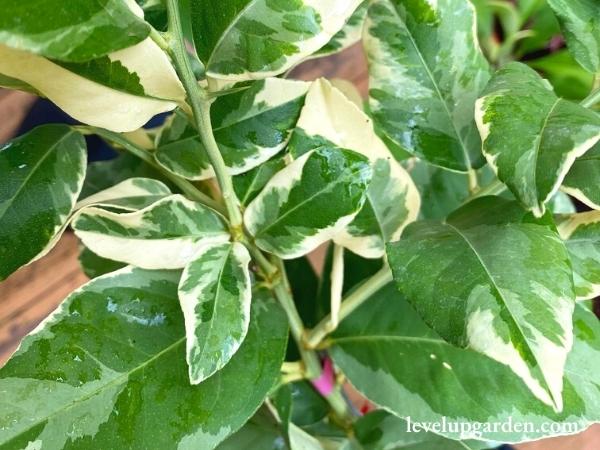
Temperature
Eureka Lemon is not very cold hardy. This variety is cold tolerant in USDA zones 9-10. Ideal winter temperatures are 45 to 55°F and summer temperatures are 85 to 95°F. It can be grown in colder areas as long as it can be moved indoors at sub-zero temperatures.
Pruning
Prune lemon trees in early spring or after harvest. For potted plants, they can be lightly pruned at any time. Remove any suckers that have formed at the base of the trunk and any diseased or broken branches. Cut back any branches that rub against each other as well. Next, step back and look at the shape of the tree. However, do not prune more than one-third of the tree per year.
Pests and Diseases
Eureka lemon trees have few pests, and a healthy tree will drive away any pests that come near it. Pests include the red spider mite, aphids, scale insects, and mealybugs. Insecticides or garden sprays can be used to get rid of them. Eucalyptus lemon trees are also not susceptible to disease, especially when grown indoors. The possible diseases include Botrytis rot, anthracnose, and sooty mold, which are fungal diseases. The best way to deal with these is to keep the tree healthy by not overwatering.
Pollination
The Pink Variegated Lemon is self-pollinating, but can be hand-pollinated on indoor trees. Take a small, dry, fine-tipped paint brush and stick it into the center of the flower. Once the pollen is collected on the brush, move on to the next flower and repeat this process until all flowers have been treated. Do this process once a day and do not wash the paintbrush until pollination is complete.
IV. Uses
Pink Variegated Eureka Lemon trees are a good edible plant, but are also suitable for outdoor potted plants and containers. Its large size and upright nature allows it to be used as a stand-alone accent or in a composition surrounded by smaller plants that spill over the base and edges. It can also be large enough to stand alone if planted in an appropriate container.

However, when grown in containers, they may not perform as described on the tag, but this is to be expected. Also note that if grown in outdoor containers or baskets, it will need to be watered more frequently than if grown in the garden.
Pink Variegated Eureka Lemon trees is a large shrub grown for food. It produces yellow oval fruits with green stripes and pink flesh that can be harvested from early spring to late winter. The fruit has a tangy taste and is often used for many purposes, such as fresh eating, cooking, juice, and sauces.
A multi-stem evergreen shrub that grows erect and spreads. Average in texture and blends into the landscape, but can be balanced with one or two fine or coarse trees or shrubs to create an effective composition. It is also a relatively low maintenance plant, it is best pruned in late winter when the threat of extreme cold has passed. It is a good attractor of birds, bees, and butterflies to the garden.
V. Why should you buy this plant
One of the most popular citrus trees, the pink Eureka can produce a lemon crop in just one year. Plus, its dwarf size makes it easy to grow almost anywhere. Even better, it is drought tolerant and easily adapts to a wide variety of soils and conditions.
Since it is pest and disease free, there is no need for chemical spraying, and you can harvest an abundance of lemons from the comfort of your own home. If you cannot grow them outdoors in the winter, place potted lemons in a sunny window during the colder months. There is no simpler way to enjoy exotic pink lemons at home, from growing to harvesting.
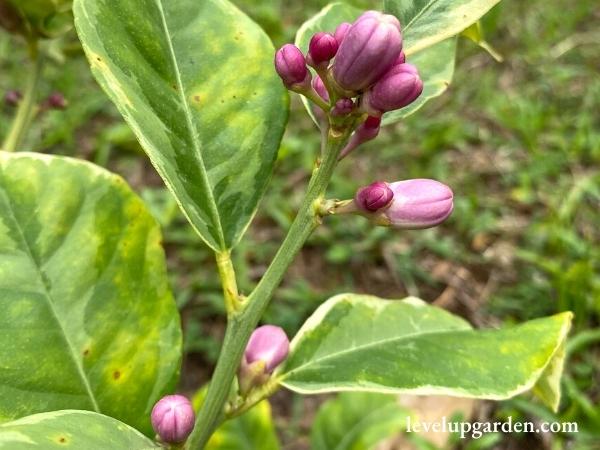
With its attractive shape and glossy, variegated foliage, you’ll have an attractive ornamental tree that looks great in the garden or in a container. It is also a highly productive fruit tree, yielding delicious and attractive yellow-green striped lemons throughout the year. It is grown outdoors in the tropics, Eureka also makes a handsome container tree to grow on a patio or sunny window sill.
The bright pink fruit is tart and perfect for refreshing drinks and cooking. Its compact size also makes it easy to grow anywhere. In addition, it is drought tolerant, disease and pest resistant, and easily adapts to a variety of soil conditions.
If you live in an area with cold winters, you can even harvest homemade lemons indoors without any hassle. During the cold season, simply place a potted Eureka plant in a sunny window. From growing to harvesting, getting exotic pink lemons at home couldn’t be easier.
VI. FAQs
What does pink variegated Eureka lemon taste like?
Variegated Pink lemons taste sweeter than sour, they do not swell like regular Eureka lemons. These special lemons are delicious as fresh fruit, in preserves or in drinks.
How do you take care of Variegated Pink Lemons?
Remove dead or diseased plants immediately. Watch out for pests and take appropriate measures. Apply a citrus-specific fertilizer to the plant in late winter or early spring. Water once a week, or more in extreme heat.
How tall do Variegated Pink Lemon trees get?
Pink Variegated Eureka Lemon Trees grow to be about 6-8 feet wide and 10-15 feet tall. They can get somewhat taller, but most are pruned so that the fruit is low enough to be easily harvested.
What are Pink Variegated Eureka lemons used for?
Use Pink Variegated Eureka lemons to make marmalade, lemon curd, or syrup. The peel and juice are also popular in cocktails, lemonade, sparkling drinks, and tea.
